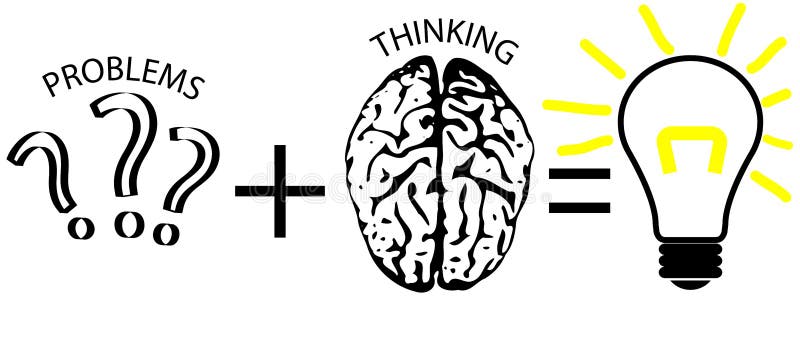What is litecoin
What is Litecoin (LTC)?
Litecoin (LTC) is a cryptocurrency founded in 2011, two years after Bitcoin, by a former Google engineer named Charlie Lee. Like Bitcoin, Litecoin is based on a global payment network with an open source that can be controlled by any central authority. Litecoin differs from Bitcoin in aspects such as the rate of rapid blockchain production and the use of Scrypt as a proof of performance (PoW) system.
It is thought to be among the first altcoins, found in the original open source code Bitcoin.
Initially, it was a strong competitor to Bitcoin. However, as the cryptocurrency market has become more and more competitive in recent years with new offerings, the popularity of Litecoin has declined somewhat.
Litecoin has long been considered a response to Bitcoin. In fact, when Lee announced the launch of Litecoin at the popular Bitcoin forum, he called it the “lite version of Bitcoin.” 1 For this reason, Litecoin has many of the same features as Bitcoin, while changing and changing other features. that the developers team saw that it could be improved.
As of November 2021, 1 LTC (one Litecoin) costs about $ 215, making it the 14th largest crypto with a market capitalization of just under $ 15 billion.2
GREAT NEWS
Litecoin is a cryptocurrency founded in 2011, two years after Bitcoin, by a former Google engineer named Charlie Lee.
Litecoin can be used as a payment method for people anywhere in the world without a mediator reviewing the transaction.
Measured by market capitalization, Litecoin is the 14th largest cryptocurrency.
There will be no more than 84 million Litecoins (LTCs) distributed.3
Understanding Litecoin
Like other cryptocurrencies, Litecoin is not issued by the government, historically the only organization the public relies on to withdraw money. Instead of being controlled by a major bank and out of the Bureau of Engraving and Printing journals, Litecoins were created through a complex cryptocurrency process called mining, which involves processing Litecoin's list of functions.
Unlike traditional currencies, the offer of Litecoins is fixed. There will be no more than 84 million Litecoins distributed. Every 2.5 minutes, the Litecoin network produces a new block-installation of the latest Litecoin activities worldwide.45
The block is authenticated by mining software and made visible to any system participant (called miner) who wants to see it. Once the miner has confirmed it, the next block enters the series, which is a record of all Litecoin transactions ever made.5
There are incentives to dig Litecoin: The first miner who successfully secured a block is rewarded with 12.5.6 Litecoins Like Bitcoin, the number of Litecoins rewarded for such work decreases over time. In August 2019, it was halved, and the split will continue periodically until 84.7 million Litecoin is mined.
LTC split dates were:
August 25, 2015 (50 -> 25 LTCs)
August 5, 2019 (25 -> 12.5 LTCs)
August 23, 2023 (expected) (12.5 -> 6.25 LTCs)
Special Considerations
Mining cryptocurrency at the right price for miners requires a large amount of processing power, with special hardware resources. The central processing unit (CPU) on most human computers is not fast enough to dig up large cryptocurrencies. However, Litecoin can be separated from most other cryptocurrencies because it can be mined by personal computers.5 However, the larger the drilling machine, the better the chances of getting something of value from the miner.
Any currency — even the U.S. dollar. or gold earrings — precious in the eyes of society. If the Federal Reserve (Fed) started circulating too many banknotes, the value of the dollar would plummet. This situation is beyond money. Any good or service becomes very small if it is easily available and cheap.
The creators of Litecoin understood from the outset that it would be difficult with new money to develop a reputation in the marketplace. But by limiting the number of Litecoins distributed, developers can at least alleviate people's fears by overproduction.



No comments
Thanks you